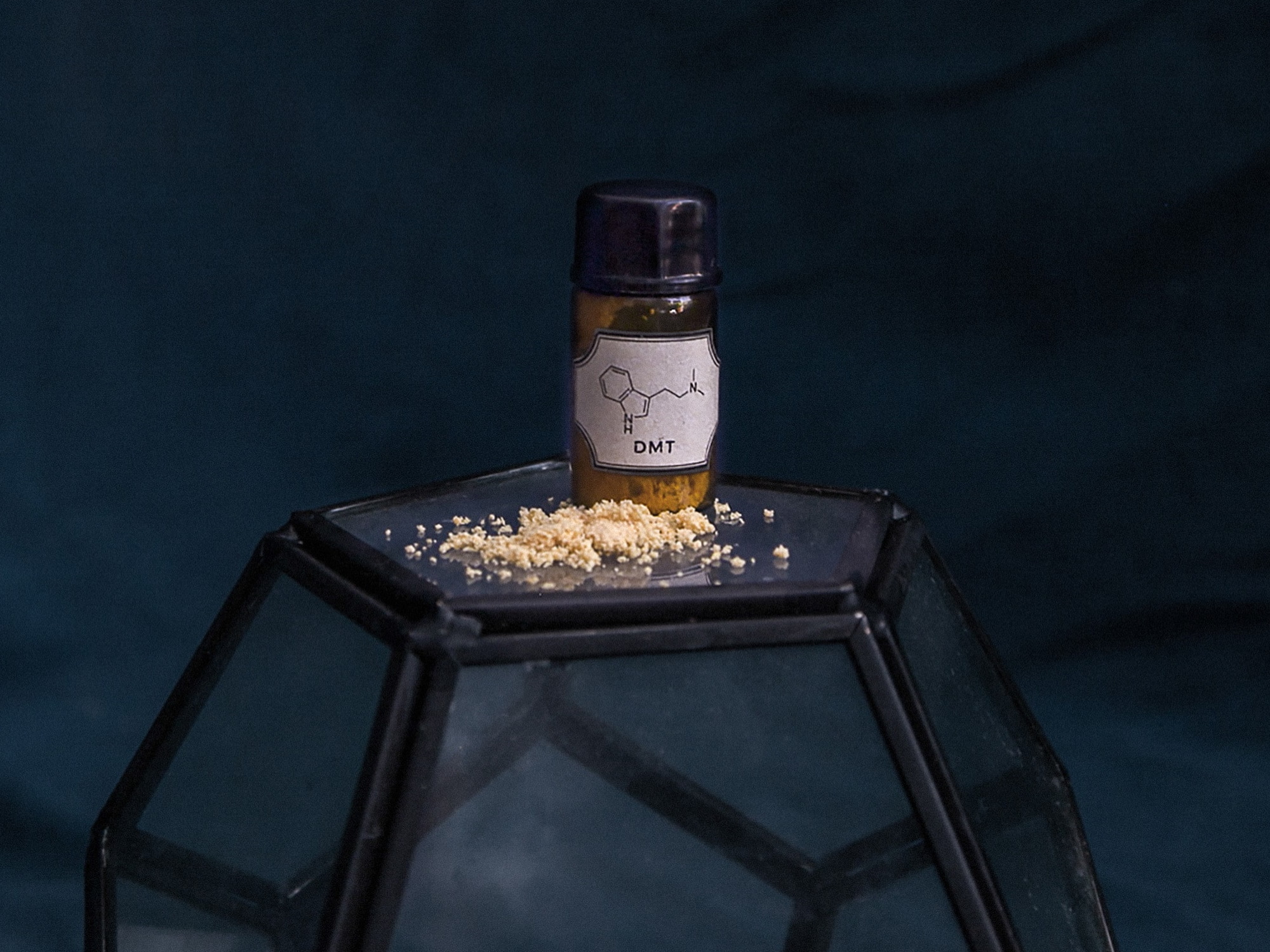ZINC CITRATE DIHYDRATE USP

What is Lorem Ipsum?
Lorem Ipsum is simply dummy text of the printing and typesetting industry. Lorem Ipsum has been the industry's standard dummy text ever since the 1500s, when an unknown printer took a galley of type and scrambled it to make a type specimen book. It has survived not only five centuries, but also the leap into electronic typesetting, remaining essentially unchanged. It was popularised in the 1960s with the release of Letraset sheets containing Lorem Ipsum passages, and more recently with desktop publishing software like Aldus PageMaker including versions of Lorem Ipsum.
ZINC CITRATE DIHYDRATE USP
✅ Zinc Citrate Dihydrate USP (CAS 5990-32-9) – Product Description
Zinc Citrate Dihydrate USP is a pharmaceutical-grade zinc compound recognized for its high purity, excellent bioavailability, and safety profile. Commonly used in pharmaceuticals, oral care, nutraceuticals, and food supplements, it serves as an effective source of elemental zinc with added antibacterial and health-boosting benefits. We offer reliable supply of USP-compliant Zinc Citrate to USA, Malaysia, Vietnam, and Chile.
📦 Widely Used In:
-
Pharmaceuticals (zinc-based formulations)
-
Oral Care Products (toothpaste, mouthwashes)
-
Nutraceuticals (dietary supplements)
-
Food & Beverage Industry (fortified products)
-
Personal Care & Cosmetic Formulations
🧪 Available Grades:
-
USP/Pharmaceutical Grade
-
Nutraceutical/Food Grade
-
Cosmetic Grade
-
Analytical Grade
⚙️ Functions:
-
Acts as a zinc supplement in pharma & nutrition products
-
Offers antibacterial properties in oral hygiene applications
-
Used as a trace mineral in food fortification
-
Serves as a chelating agent in chemical and cosmetic formulations
-
Helps stabilize active ingredients in skincare and healthcare products
🧩 Classified Under:
-
Zinc Compounds
-
Citrates
-
Hydrated Inorganic Salts
-
Nutritional Additives
-
Pharmaceutical Ingredients
CAS Number
5990-32-9
Formula
C₁₂H₁₀O₁₄Zn₃·2H₂O
Molecular Weight
610.3 g/mol
Density
~2.3 g/cm³
Gravity
~2.3
Melting Point
Decomposes above 200 °C